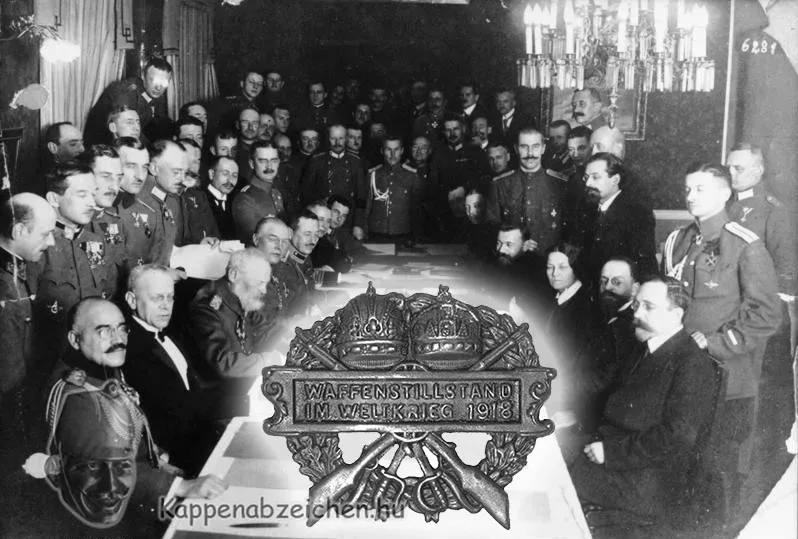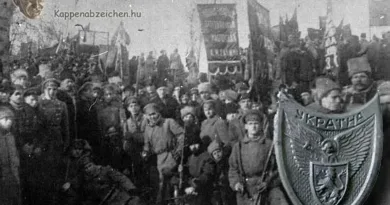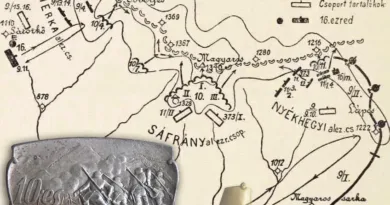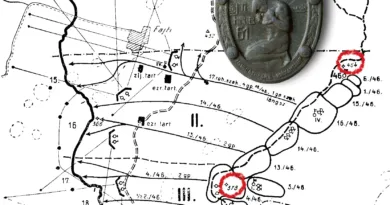December 1917 armistice of Brest-Litovsk
From the point of view of the Central Powers, the most important event took place on December 15, 1917 in Brest-Litovsk, where the disintegrating Russia signed an armistice agreement with representatives of Germany and the Austria-Hungary. Before that, civil war conditions developed in Russia after the Bolshevik coup d’état. Huge areas of the empire declared their independence: Estonia, Kazakhstan, the Crimea, Moldova, the Ural region, Ukraine. The country could no longer resist on the World War fronts. A few days later, the representatives of the Bolshevik-controlled territory beyond the Caucasus also concluded an armistice with Turkey.
The armistice gave the Bolshevik-controlled central government breathing time to take action against the territories that wanted to secede from Russia. Thus, for example, Bolshevik-controlled military units went into action in Ukraine and Crimea the day after the declaration of secession. Of course, afterwards the Russian Civil War lasted for years. And the peace treaty following the armistice gave Ukraine and the Baltics to the Central Powers. But all this happened later.
The armistice with the Russians greatly eased the burden on the Central Powers and rearranged the front lines. Thus, for example, together with the Romanian peace treaty also concluded in December, it also brought calm on the Transylvanian front. Although the front lines did not cease along the established border, conditions were more peaceful.

Several badges were made to celebrate this event. One of them contains the phrase Waffenstillstand (armistice). On the other badges, the name of Brest-Litovsk, or Peace! (Friede!) can be seen, which may refer to the later peace treaty concluded after the armistice.




